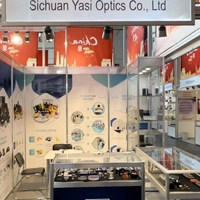May 13-2024
Germanium (Ge) crystal is a chemical inert material; its useful transmission range is from 2 to 12 µm, which is most commonly used in infrared optical components. The high hardness, good thermal conductivity, and insoluble in water features make germanium optics widely used in infrared imaging systems and infrared spectrometer systems. The mechanical properties and thermal conductivity of germanium are good; in the range of 10.6 µm wavelength, germanium lens' absorption is very small, which makes it an ideal material for a CO2 laser lens, window, and output coupler. Germanium (Ge) substrate materials were also used to make all kinds of infrared filters.
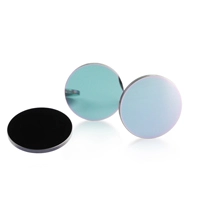
Customizable infrared window with anti-reflective coatings for optimal performance.
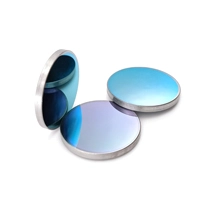
High-quality infrared lens with customized anti-reflective coating for exceptional clarity.
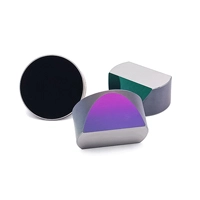
Precision-engineered infrared lens with AR coating for enhanced imaging capabilities.
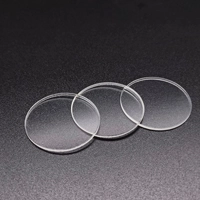
Customizable Germanium prism with AR coating for improved light transmission.
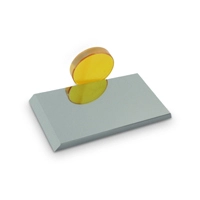
Custom-made Germanium ATR prism with AR coating for accurate infrared analysis.
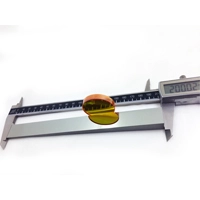
Customizable Germanium wedge prism with AR coating for precise beam deviation.
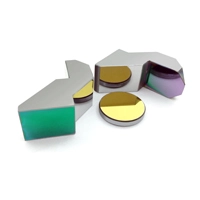
Custom-designed Germanium heteromorphic prism with AR coating for versatile applications.
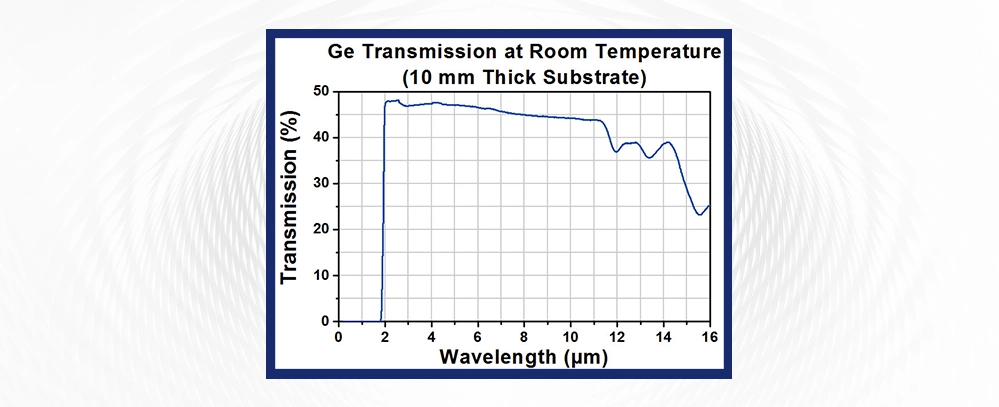
Germanium optics work based on the unique properties of germanium, a semiconductor material. Germanium has a high refractive index and excellent transmission in the infrared region, making it ideal for infrared optics. When light passes through Germanium glass Lens, it undergoes minimal absorption and dispersion, allowing for efficient transmission and focusing of infrared radiation. This makes germanium optics crucial in various applications such as thermal imaging, spectroscopy, and infrared sensing.
1
High refractive index: Germanium exhibits a high refractive index, making it ideal for infrared optics.
2
Wide transmission range: It has a wide transmission range from 2 to 16 μm, suitable for thermal imaging and spectroscopy.
3
Low optical dispersion: Germanium offers low optical dispersion, ensuring minimal chromatic aberration in optical systems.
4
Excellent thermal conductivity: Its excellent thermal conductivity allows for effective heat dissipation in high-power optical applications.

May 13-2024

